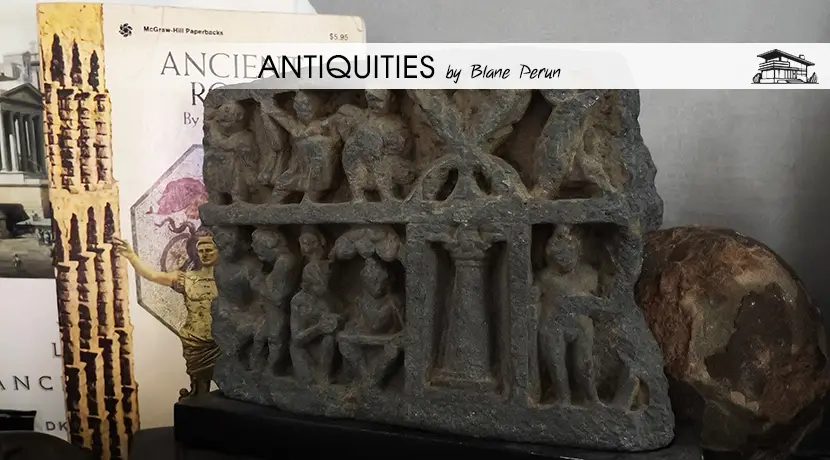Architectural Antiquities
Embracing the Echoes: A Journey through Architectural Antiquities
When we talk about Architectural Antiquities, we’re not just discussing old buildings or ruins. We’re diving into a narrative that spans centuries, encapsulating the essence of civilizations long gone yet still whispering stories through their remaining structures. This exploration isn’t merely about admiration; it’s a profound journey to understand our collective heritage, the ingenuity of ancient architects, and the timeless beauty that these relics embody.

The Pillars of the Past
Time-Tested Structures
Architectural Antiquities stand as testaments to the ingenuity and creativity of ancient civilizations. These structures, from the majestic pyramids of Egypt to the intricate temples of Greece, showcase a blend of functionality and aesthetic appeal. The use of materials like limestone (calcium carbonate) and the development of architectural elements such as the Doric, Ionic, and Corinthian columns not only provided structural integrity but also added a distinctive character to these edifices. The precision in the alignment of the Great Pyramid of Giza, for instance, reflects the advanced understanding of geometry and astronomy possessed by the ancient Egyptians.
Ancient Urban Planning
The layout of ancient cities offers insights into the sophisticated urban planning techniques of our predecessors. Cities like Mohenjo-Daro in the Indus Valley Civilization were equipped with advanced drainage systems and grid-like street patterns, reflecting a high level of societal organization and environmental awareness. The Roman cities, with their forum, amphitheaters, and aqueducts, demonstrate a focus on community, entertainment, and public welfare. These urban designs highlight the importance of functionality, accessibility, and the well-being of inhabitants, principles that continue to influence modern urban planning.
The Artistry in Antiquity
Sculptural Marvels
Embedded within Architectural Antiquities are the intricate sculptures that adorn these ancient structures, bringing to life the myths, beliefs, and values of past societies. The friezes on the Parthenon in Athens depict scenes from Greek mythology, serving both a decorative and narrative function. Similarly, the colossal statues of Ramses II at Abu Simbel were not only symbols of the pharaoh’s power but also served a religious purpose, aligning with the sun during specific times of the year to illuminate the inner sanctum.
Mosaic Masterpieces
The ancient mosaics, with their intricate designs and vivid colors, offer a glimpse into the artistic prowess and aesthetic sensibilities of bygone eras. These mosaics, made from small pieces of colored stone, glass, or ceramic, were not merely decorative. They narrated stories, depicted everyday life, and often had symbolic meanings. The mosaics in the Villa Romana del Casale in Sicily, for instance, provide insights into Roman fashion, sports, and social activities, serving as a visual archive of the time.
Guardians of History
Monumental Fortifications
The grand fortifications of ancient cities and empires, such as the Great Wall of China and the fortified city of Carcassonne in France, are remarkable examples of Architectural Antiquities. These structures were not only military defenses but also reflected the architectural and engineering prowess of their builders. The Great Wall, extending over 21,000 km, showcases the use of varied materials and construction techniques adapted to the diverse terrains it traverses.
Sacred Spaces
The sacred spaces of the ancient world, from the imposing temples of Angkor Wat to the serene rock-hewn churches of Lalibela, Ethiopia, embody a harmonious blend of architecture and spirituality. These structures, often located in dramatic natural settings, were engineered to complement their surroundings and create a sense of awe and sanctity. The Sistine Chapel, with its iconic frescoes by Michelangelo, exemplifies how art and architecture can converge to create a space of profound spiritual and aesthetic significance.
In conclusion, Architectural Antiquities are not mere relics of the past; they are vibrant storytellers, keepers of ancient wisdom, and benchmarks of human creativity and resilience. They remind us of our shared history, the universal quest for beauty, and the enduring human spirit.

FAQs About Architectural Antiquities
What defines Architectural Antiquities?
Architectural Antiquities refer to structures, buildings, or remains from past civilizations that hold historical, cultural, or architectural significance. These artifacts provide insights into the architectural practices, societal norms, and aesthetic preferences of ancient societies.
How do Architectural Antiquities influence modern architecture?
Modern architecture draws inspiration from Architectural Antiquities in various ways, including the use of symmetrical designs, columns, and domes. Contemporary architects often incorporate these elements as homage to historical styles or to invoke a sense of timelessness and grandeur in their designs.
Can Architectural Antiquities provide insights into ancient engineering techniques?
Yes, Architectural Antiquities are key to understanding the engineering marvels of ancient civilizations. Structures like the Roman aqueducts or the Incan terraces reveal sophisticated engineering techniques, including water management systems and agricultural innovations. These antiquities demonstrate how ancient builders overcame environmental challenges using the resources and knowledge available to them at the time.
Why are Architectural Antiquities important for historical studies?
Architectural Antiquities serve as tangible links to our past, offering a direct window into the lives, cultures, and environments of ancient civilizations. They provide evidence of societal hierarchies, religious beliefs, and daily life that textual sources alone might not fully convey. Studying these structures helps historians and archaeologists piece together the complexities of human history.
How are Architectural Antiquities preserved?
Preserving Architectural Antiquities involves a multidisciplinary approach, including archaeology, conservation science, and historical research. Techniques can range from in-situ preservation, which involves protecting and maintaining the antiquity in its original location, to digital preservation, such as 3D scanning and modeling, which ensures that detailed records of these structures exist even if they’re physically deteriorated over time.
In exploring the depths and diversities of Architectural Antiquities, we not only pay homage to the architectural feats of our ancestors but also ensure that these timeless narratives continue to inspire and educate future generations. It’s through understanding and preserving these ancient marvels that we keep the dialogue between the past and present alive, enriching our cultural and historical landscape.





